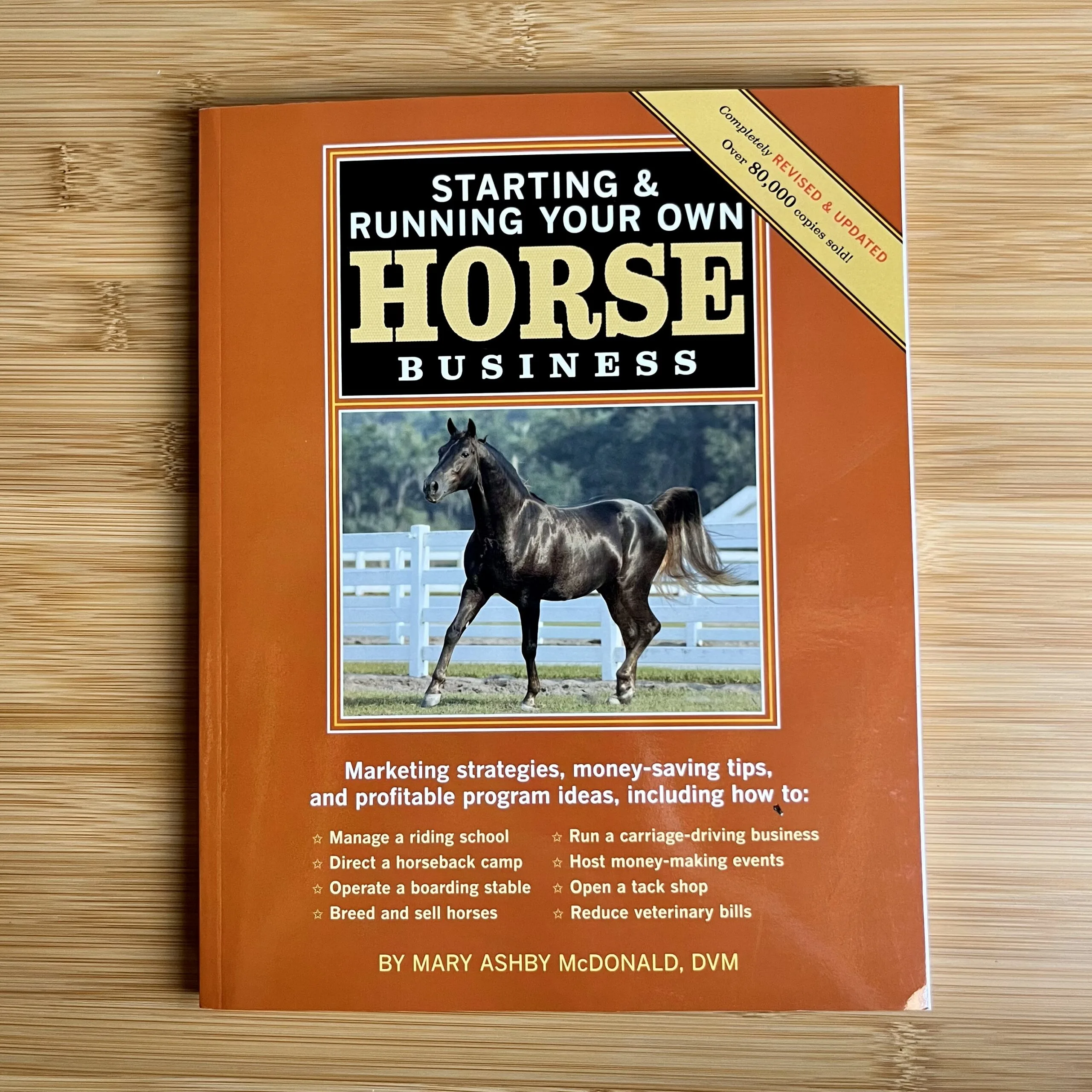A Peacock Appaloosa is a specific type of Appaloosa coat pattern. Peacock Appaloosas have spots and speckles surrounded by a halo of hair in a contrasting fur color. Because these spots with the halo look a little like peacock feathers, this rare coat pattern is referred to as peacock appaloosa.
Just how rare are peacock appaloosas?
In May 2023, we analyzed over 4,000 horse classified ads. We found:
- Less than 10% of all horses for sale were Appaloosas or horse breeds in which appaloosa coloring occurs.
- 1.5% of horses for sale had the leopard appaloosa fur pattern (a required genetic precursor for peacock coloring)
- And peacock appaloosas are so rare that no horses in our study exhibited the peacock spot pattern.
What Makes Peacock Appaloosas Special?
Peacock appaloosas have a type of spots that the majority of appaloosas do not. The spots themselves vary in size and shape, ranging from as small as a dime to as large as a hand, and they’re sprinkled across the horse’s body in a seemingly random pattern, creating a look that’s head turning and unique, but often described as looking like “bacterial cultures in a petri dish”1 or mold2
Each peacock appaloosa has a one-of-a-kind pattern. It’s unique to each horse- just like a fingerprint. Peacock spots may appear as brown spots on white horses or black spots on white fur. If an additional factor called rabicano is present, the spots might look blue roan.
How Peacock Appaloosas Get Their Unique Pattern
Ok, horse genetics can get a little complicated, so I’ve divided this section into two parts: The explain-like-I’m-five version and the genetics textbook, version- go ahead and skip to the writeup that appeals to you:
Simple Version:
Genetics are like a set of instructions inside an animal’s body that determines its fur color. Animals get their genetics code from their parents. This code determines if their fur will be dark, like black or brown, or light, like white or cream. For appaloosas, genetics code the pattern of spots.
- Peacock Appaloosas are horses with a special gene called the Leopard Complex (referred to as “LP”)
- Not all horses who get the LP gene will be born with a peacock pattern, but without it, the horse can’t develop the peacock appaloosa pattern.
- The LP gene mixes with other genes to create different patterns and colors on different horses.
- Horse breeders are not yet able to breed specifically for this coat pattern. Breeding a peacock appaloosa in real life involves a lot of luck!
College Level Genetics:
Inheritance of the peacock pattern involves complex genetic factors. The peacock coat pattern is primarily influenced by the Leopard Complex (LP) gene. The LP gene affects the distribution of pigmentation on the horse’s coat, resulting in distinctive spots and speckles. Horses with LP gene variations have a higher chance of displaying the peacock pattern, but less than 1% of leopard appaloosas exhibit peacock coloring.
Within the LP gene, there are various alleles or forms, such as the LP/LP homozygous form, LP/lp heterozygous form, and lp/lp non-appaloosa form. Horses with LP/LP or LP/lp genotypes have a higher probability of exhibiting the peacock coat pattern. In contrast, horses with lp/lp genotype usually lack the characteristic spots and speckles.
The interaction between the LP gene and base coat color genes leads to a wide range of peacock coat variations, combining different hues and intensities of spots on various coat backgrounds.
Understanding the genetics of the peacock horse coat pattern allows breeders and enthusiasts to make informed decisions when breeding for specific coat patterns, however, color should never be the driving factor when breeding horses. Horses with known health conditions should be eliminated from breeding programs, even if they have a striking color.
Peacock Appaloosas in Star Stable Online
Many people learn about peacock appaloosas through an online game called Star Stable Online. Star Stable Online (SSO) is a virtual game for horse enthusiasts that alows players to create characters, explore, and look after their personal horses. The game involves activities like horse riding, training, grooming, racing, and breeding pretend horses. It delivers an equestrian adventure that’s a fun way to do things with horses when you can’t ride.
Breeding a Peacock Appaloosa in SSO
To breed a Peacock Appaloosa in Star Stable Online, here’s the steps you’ll need to take:
- Obtain a breeding certificate: Before you can breed in Star Stable, you’ll need to unlock this feature by completing a task.
- Find suitable breeding horses: In this article, you learned that Peacock Appaloosas only occur in breeds with appaloosa genes. Similarly, in this game world, seek to find breeding horses with the Peacock Appaloosa coat pattern. You can find them at the Fort Pinta or Firgrove horse markets or by exploring Jorvik for wild horses.
- Check their traits: Examine the horses’ traits to ensure they are compatible. Even if you are just breeding for a color (that’s ok in a virtual game environment!) you don’t want to tax your game resources by breeding a horse that is otherwise bad.
- Start breeding: Take the mare and stallion to the breeding center, located near the Valedale Lake. Open the breeding menu, select the mare and stallion you’ve picked, and click continue.
- Wait for the foal: After the breeding process, a baby horse will be born! The foal will inherit traits from its parents- hopefully the Peacock Appaloosa coat pattern! Keep in mind that there is a chance the foal may not inherit all the desired traits, as a simulated form of genetics play a role in the coat pattern of foals in SSO.
In Review
In summary, the Peacock Appaloosa is a rare type of Appaloosa horse known for its unique coat pattern that resembles peacock feathers. Horses with this unique pattern are extremely rare in real life, but common on social media! They’re so internet-popularized, that this rare color shows up in online horse games.
The genetic mechanisms behind this pattern are complex, involving the Leopard Complex (LP) gene and other factors, making the breeding for this coat an unpredictable process. Even though some people think the pattern is off-putting, emulating the appearance of mold, cells under a microscope, or ringworm, the pattern is highly sought after.
Peacock appaloosas cost more than other horses. Like chocolate palominos and black buckskins, rare colors can add 5%-50% to a horse’s sale price. In the case of a color this rare, color alone might double a horse’s sale price.
The following section may contain affiliate links. As an Amazon Associate, we earn from qualifying purchases.

If you want to learn more about horse breeding, you can check out this book! Starting and Running Your Own Horse Business is full of useful information, including a section of information specifically focused on breeding and selling horses. You can click here to purchase from Amazon, or click here to purchase from a smaller bookshop.
